DTC Discounting Is Easy. Building Loyalty Is Smarter.
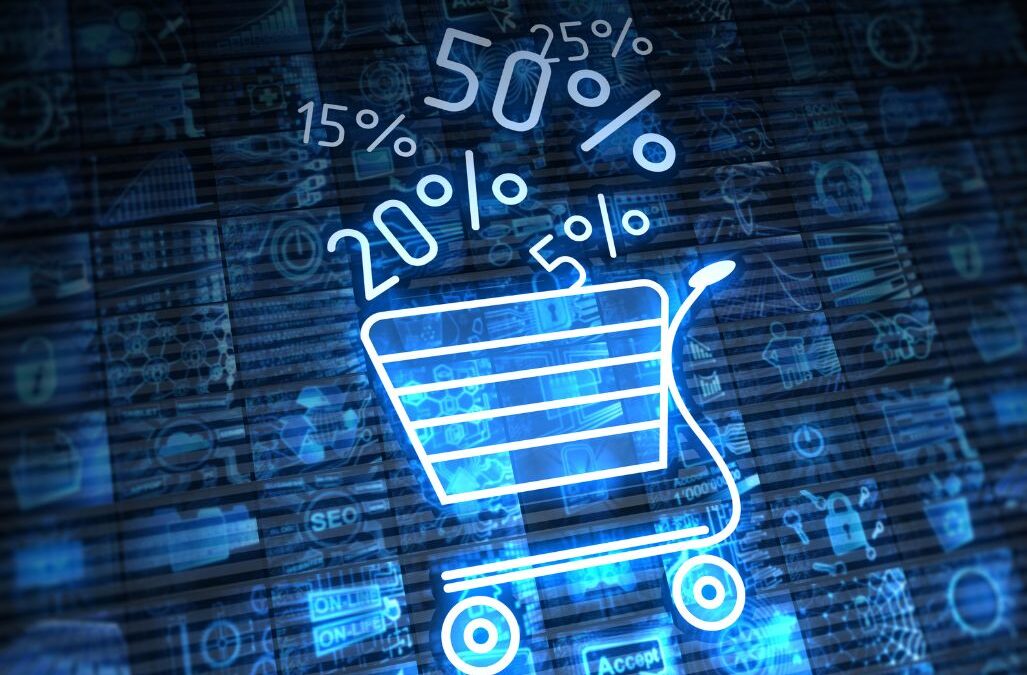
Discounts don’t build loyalty—experiences do. Discover why e-commerce brands must shift from urgency to trust to drive long-term customer retention.
Let’s get one thing straight: Most e-commerce brands don’t have a customer problem.
They have a discount problem disguised as a marketing strategy.
In the chase for conversions, brands are trading long-term value for short-term dopamine hits. Sales banners go up, traffic spikes, and revenue charts look good — for a while. But soon, the side effects kick in: lower full-price sell-through, declining brand perception, and customers trained to wait.
The problem isn’t just discounts. It’s what they represent: a lack of confidence in your value.
Discounts Create Delay, Not Devotion
Every time you run a sale, you’re teaching your customers something dangerous:
“The price today isn’t real. Wait a week.”
Once that lesson sticks, you’ve created a habit—and not the good kind.
- Your ₹2,200 serum now feels like it should always be ₹1,500
- Your ₹8,000 sneakers are suddenly competing with every flash sale on Myntra
- Your ₹999 coffee blend ends up in someone’s cart… but never gets checked out
Brands like Nykaa have faced this challenge — after years of sale-driven growth, they’re now pushing exclusives and experiences to reset expectations.
People Don’t Return for Coupons. They Return for Connections.
The best customers aren’t price-sensitive. They’re emotion-sensitive.
They buy because your product solves a real need.
They return because your brand aligns with their values, their identity, and their story.
- Think of No Nasties, the sustainable fashion label from Goa. Their community comes back not for BOGO deals, but because they feel part of something bigger.
- Or Lush, the global cosmetics brand that doesn’t discount. Their value lies in ethics, experience, and handcrafted honesty.
Your top 5% of customers don’t need 15% off. They need 15% more meaning.
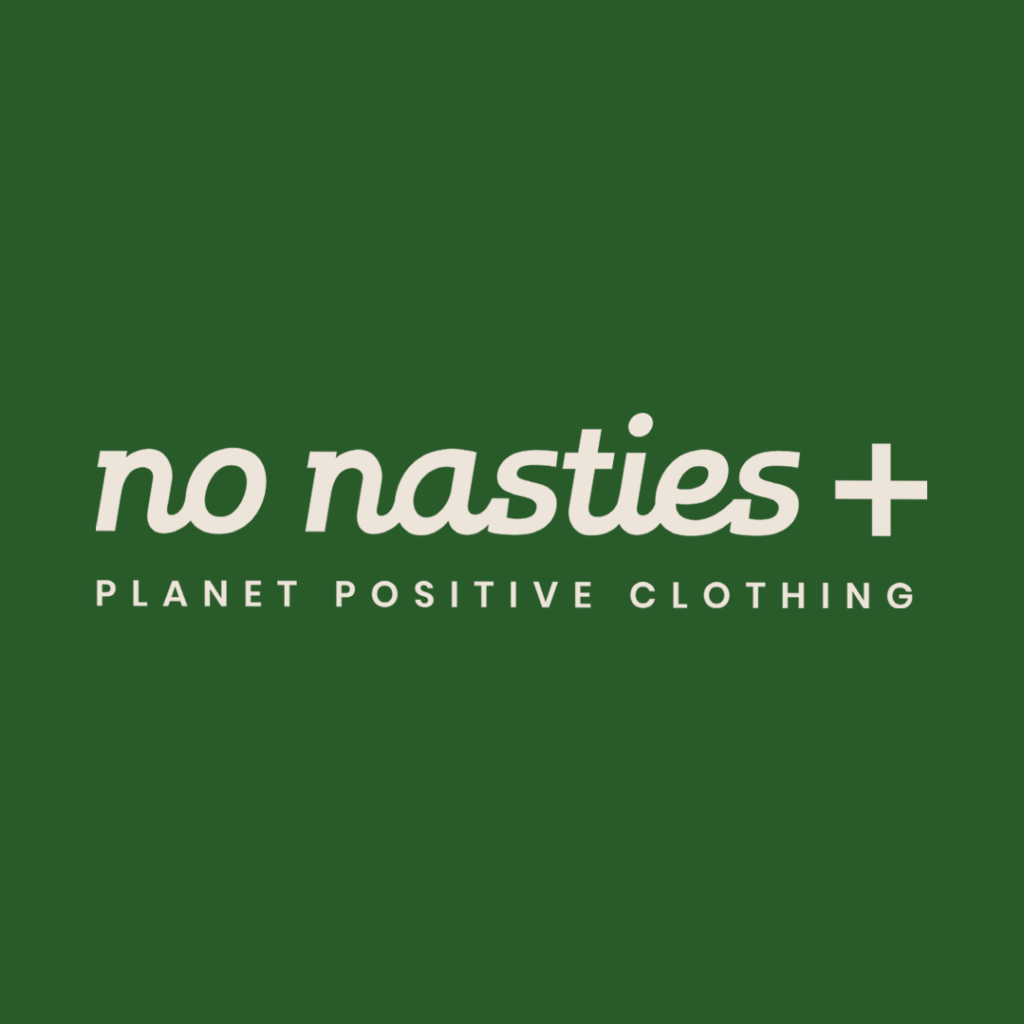

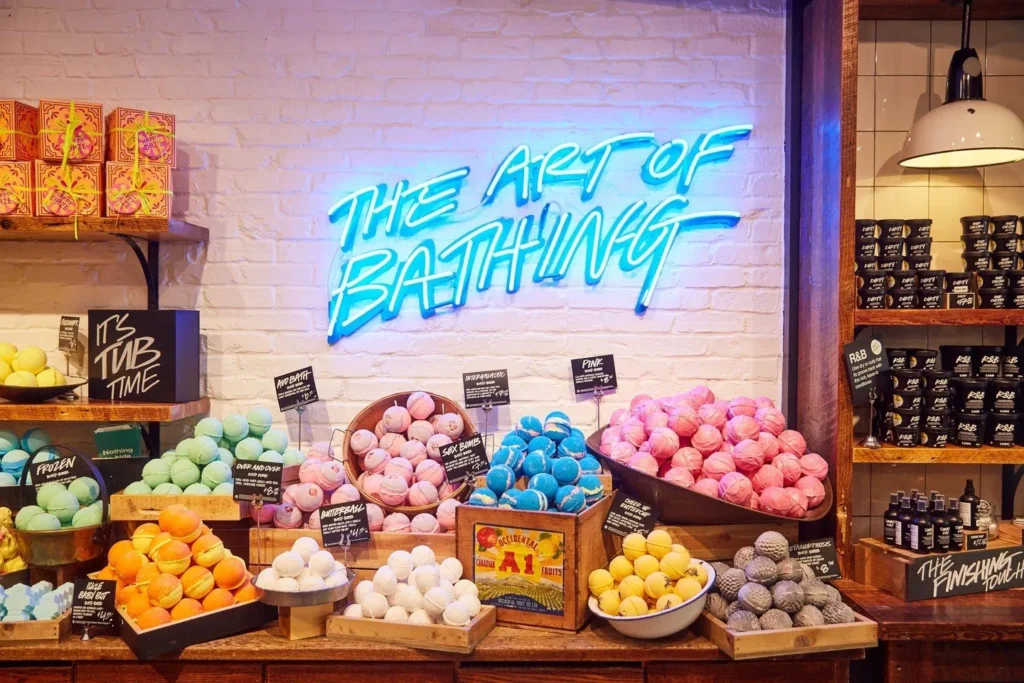
The Most Overlooked Moment: After Checkout
Most brands celebrate a conversion and then go silent.
But the post-purchase window is when emotions peak.
This is when the buyer is most open. Excited. Curious. Hopeful.
And what do they get? A tracking link.
Smart brands use this window like a stage:
- The Whole Truth Foods sends cheeky, honest updates that match their voice
- The Souled Store adds collectable packaging and surprise freebies
- Glossier famously includes “You Look Good” stickers that make people smile (and share)
These aren’t gimmicks. They’re memory builders. And memories build loyalty.
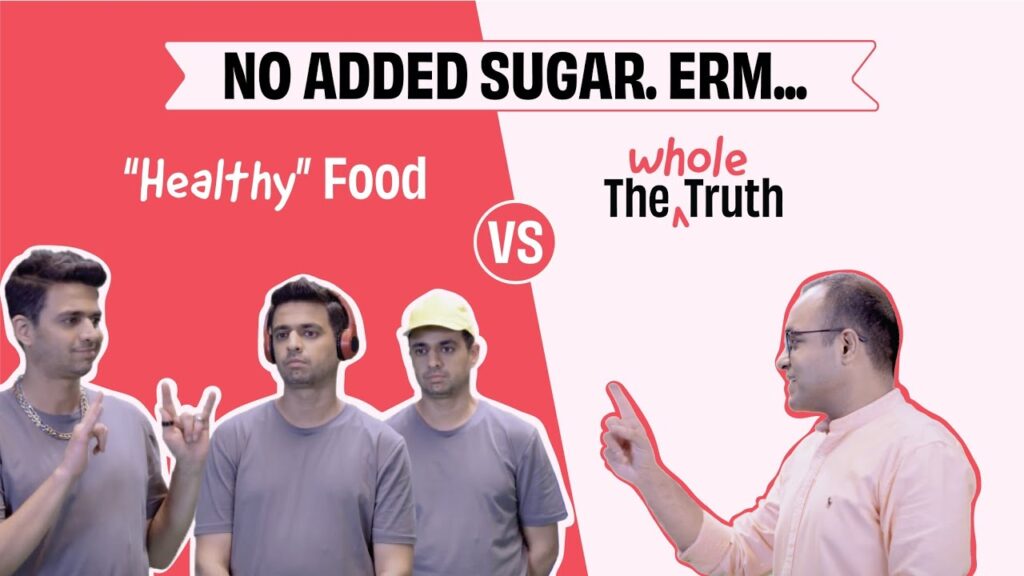
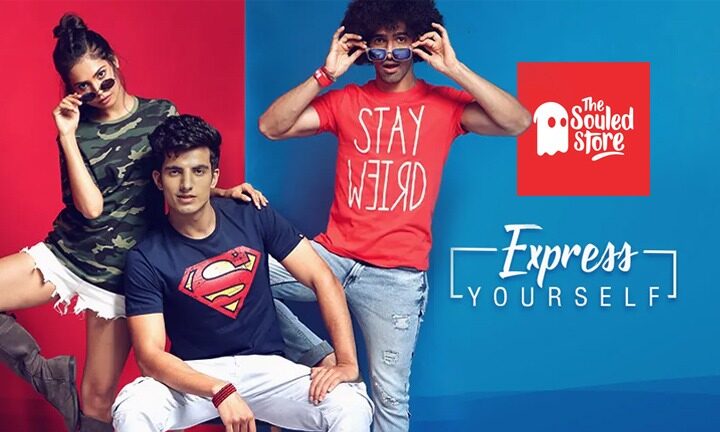
Great Brands Create Rituals, Not Just Revenue
Flash sales may drive traffic. But rituals drive return behaviour.
You’re not just selling a product — you’re creating an experience. Every detail counts:
- The packaging (think Forest Essentials’ gold-etched boxes)
- The language (like Blue Tokai’s tasting notes that feel like poetry)
- The anticipation (like Apple’s launch cycles or Tiffany & Co.’s unboxing moments)
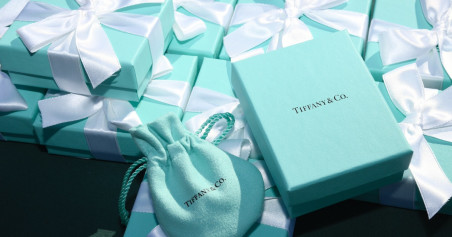

High-LTV brands don’t scream “Hurry, offer ends!”
- They whisper, “Come back for the feeling.”
If You Vanished Tomorrow, Would Anyone Miss You?
Discounts can earn you a transaction.
- But relationships earn you loyalty.
Your goal isn’t just a repeat sale — it’s resonance.
- That moment when a customer doesn’t just remember what they bought, but how your brand made them feel.
If your store went offline tomorrow, would someone notice? Would they care?
- If the answer’s “not really,” maybe it’s time to stop discounting and start differentiating.
Conclusion
Stop bribing. Start bonding.
Stop discounting. Start designing desire.
Because in the end, it’s not the lowest price that wins.
It’s the most profound connection.

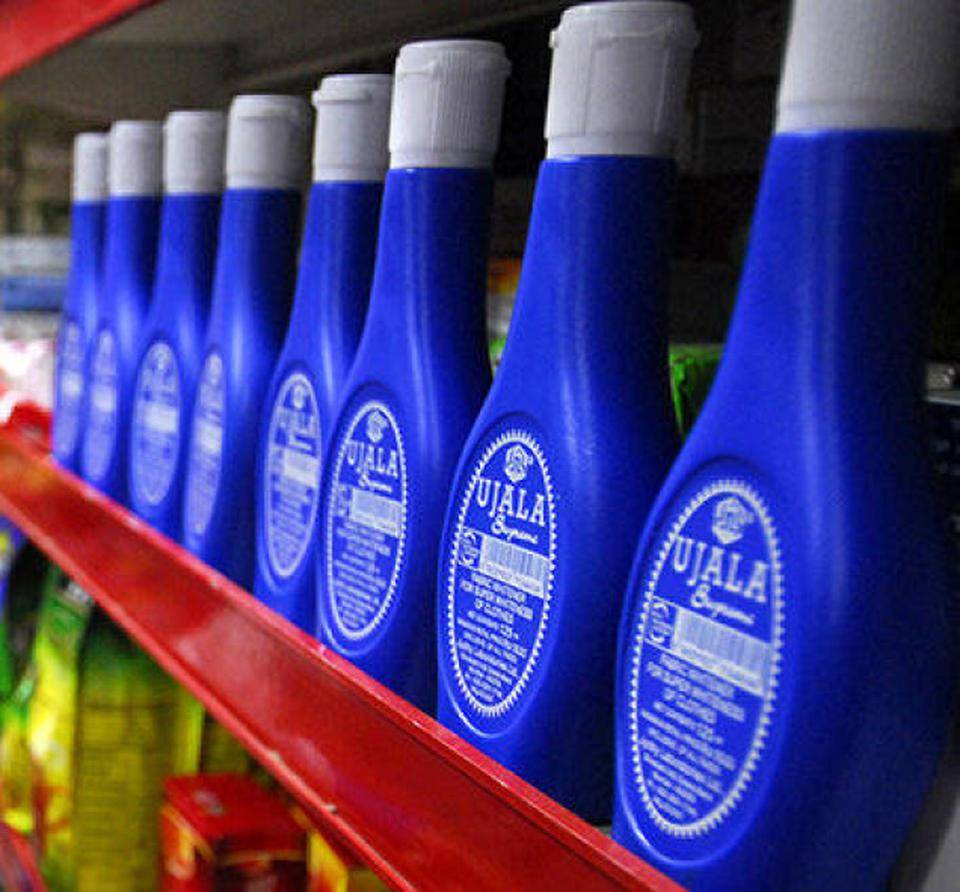


1 Comment